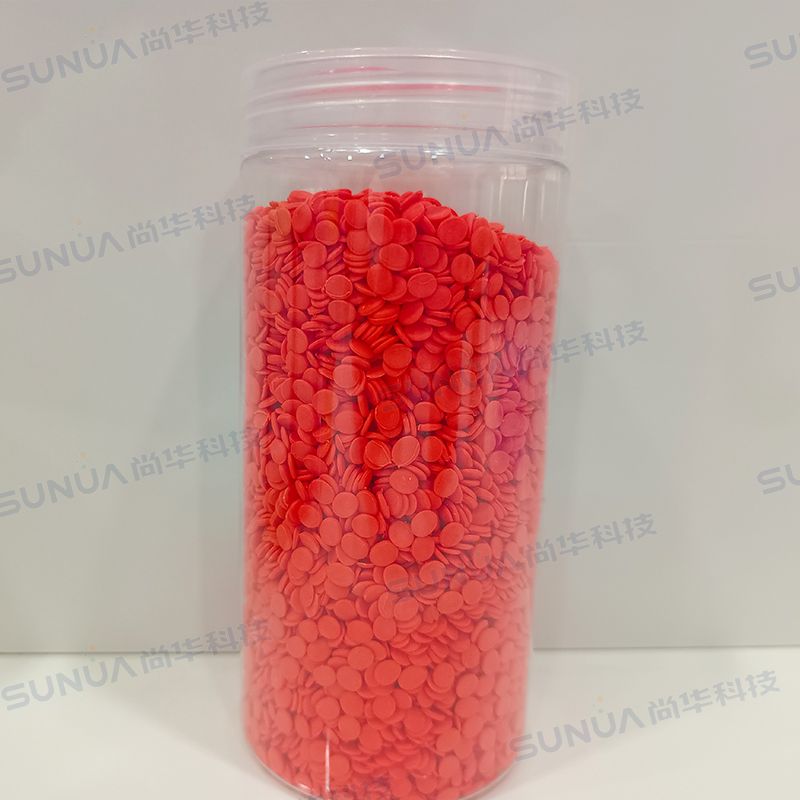What is an Integrated House?
In the realm of modern architecture and construction, the concept of an "integrated house" has emerged as a game-changer, redefining the way we think about residential spaces. An integrated house is a holistic approach to designing and building a dwelling that seamlessly blends various systems, technologies, and materials to create a highly efficient, sustainable, and comfortable living environment. This article delves into the key features and advantages of an integrated house, exploring its various functional components and their role in enhancing the overall living experience.
An integrated house is more than just a structure made of bricks and mortar; it's a smart ecosystem that harmoniously integrates energy generation and management, water conservation, waste disposal, and indoor air quality systems. This approach ensures that every aspect of the house works together seamlessly, optimizing resource utilization and minimizing environmental impact.
Key Features and Advantages
1. Energy Efficiency
At the heart of an integrated house lies its energy-efficient design. This includes the use of high-performance insulation materials, energy-efficient windows, and solar panels for renewable energy generation. The integration of smart home automation systems allows for precise control over lighting, heating, and cooling, ensuring that energy consumption is optimized based on occupancy and weather conditions.
2. Sustainable Water Management
Water conservation is another cornerstone of an integrated house. Rainwater harvesting systems, greywater recycling, and low-flow fixtures are incorporated to minimize water waste. These systems work in tandem to ensure that the house's water needs are met sustainably, reducing reliance on municipal water supplies.
3. Advanced Ventilation and Air Quality
Indoor air quality is crucial for occupant health and well-being. Integrated houses employ advanced ventilation systems that continuously monitor and adjust indoor air quality, ensuring that fresh, clean air circulates throughout the house. This can include heat recovery ventilation (HRV) systems, which exchange heat between incoming and outgoing air, reducing energy consumption while maintaining comfortable temperatures.
Additional resources:Key Questions to Ask When Choosing a Solar-Powered Garden Light
How Water Powered Pumps Revolutionize Sustainable Farming?
How Does Waterproof Outdoor Gear Cost Work?
Key Questions to Ask When Evaluating PE Coated Tarpaulin Durability
How Does Steel Wire Mesh Support Tunnels?
Maximize Strength with Single Bars Reinforcing Mesh Panel
Optimizing Construction with Tailored Reinforcing Mesh 2024
4. Smart Home Integration
The integration of smart home technologies is a defining characteristic of an integrated house. From voice-controlled lighting and appliances to automated security systems, these technologies enhance convenience, security, and energy efficiency. Smart home hubs allow for centralized control of all connected devices, providing homeowners with unparalleled levels of customization and control.
5. Flexibility and Adaptability
An integrated house is designed with flexibility in mind, accommodating changes in lifestyle and technological advancements. Modular design principles and the use of open-source platforms ensure that the house can be easily upgraded or modified to meet future needs.
Conclusion and Future Outlook
An integrated house represents the future of residential construction, offering a holistic approach to creating sustainable, efficient, and comfortable living spaces. By seamlessly integrating various systems and technologies, these houses not only enhance the quality of life for their occupants but also contribute to a more sustainable planet.
Action Call
As we move towards a more sustainable future, considering an integrated house for your next residential project is a step in the right direction. By embracing this innovative approach, you can create a living space that not only meets your current needs but also adapts to the challenges and opportunities of tomorrow. Embrace the future of residential construction and explore the possibilities of an integrated house today.
Why and How You Should Choose a Marble Fireplace?
A Comprehensive Guide to Different Types of Bristle Paint Brushes
What benefits does fire retardant mesh fabric provide?
Hotel conference table on the functional relationship and layout of the meeting room
How Does PE Coated Tarpaulin Enhance Durability?
Top Heavy Duty Pipe Supports for Sale in 2024
Pipe Brace Clamps vs. Traditional Clamps: Which Reigns Supreme?
- Previous: What are Benefits of Light Steel Structures?
- Next: None



